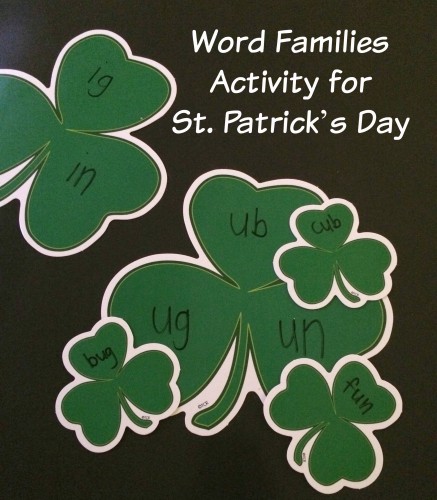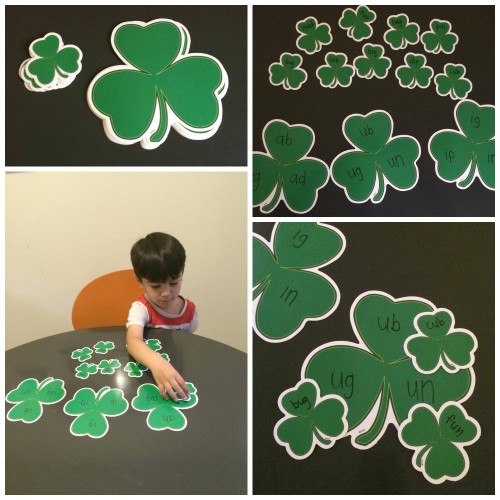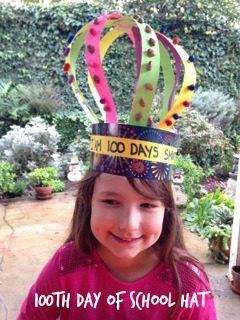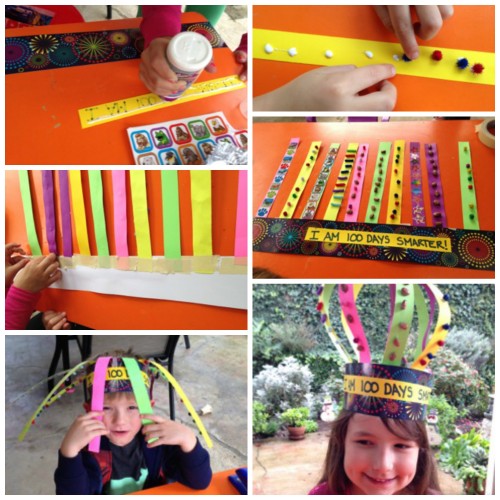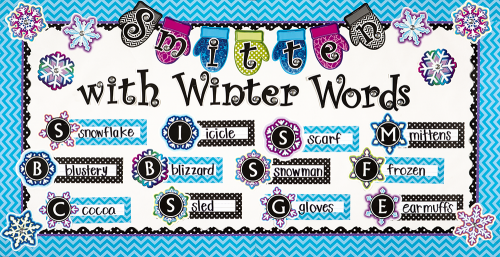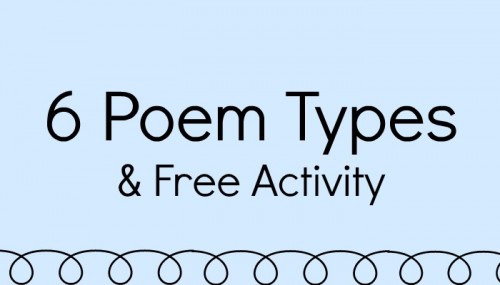
Poetry is a special type of writing that is usually written in verse. By discovering the uniqueness of each type of poem, students can better appreciate and comprehend what they read and write. Help your students practice writing and sharpen their creativity skills by trying out these 6 poem types in the classroom.
Haiku
A Haiku is a form of Japanese poetry, usually about nature. The first line has five syllables, the second line has several syllables, and the third line has five. Here is an example of a haiku:
When you write haiku-5 syllables
Remember, freeze a moment,-7 syllables
Let it live in words-5 syllables
Limerick
A limerick is a five-line poem with a rhyme scheme of a-a-b-b-a. Some think that the limerick began in Limerick, Ireland. Others are certain that Shakespeare originated the limerick. However it began, the limerick always has a humorous tone. Limericks became very popular when Edward Lear wrote two books, The Book of Nonsense and More Nonsense. You can tap your foot while you read a limerick and notice the beat. Lear writes limericks in the older form, which uses the same word at the end of the first and the last lines. Here is an example of a limerick by Edward Lear:
A flea and a fly in a flue
Were imprisoned, so what could they do?
Said the flea, “Let us fly!”
Said the fly, “Let us flee!”
So they flew through a flaw in the flue.
Cinquain
A cinquain is a structured, five line poem. It always follows this pattern:
Line one-A one word title (noun)
Line two-Two words that describe the title (adjectives)
Line three-Three words that show the action of the title (verbs)
Line four-Four words that express a feeling about the title (phrase)
Line five-One word that is another word for the title (synonym)
Here is an example of a cinquain:
Nanna
Round, Soft
Humming, Baking, Loving
Her lap’s for me
Grandma
Clerihew
A clerihew is a short, usually humorous, and light poem about a famous person whose name makes up the first line. It was invented by Edmund Clerihew. The form for this poem is two couplets (four lines with the rhyme scheme of a-a-b-b). Here is an example of a clerihew:
Sir James Jeans
Always says what he means;
He is really perfectly serious
About the Universe being Mysterious
Animal Poem
Pick an animal to write a poem about and think of words that rhyme. Start by writing a list of words that rhyme with your animal. Here is an example of an animal poem:
My cat is fat
And sat on my hat
It’s flat!
Roses-are Red Greeting Poem
Write your own version of the classic poem, Roses are red, violets are blue. You can make a poem greeting card by writing your own variation of this poem for someone you love.
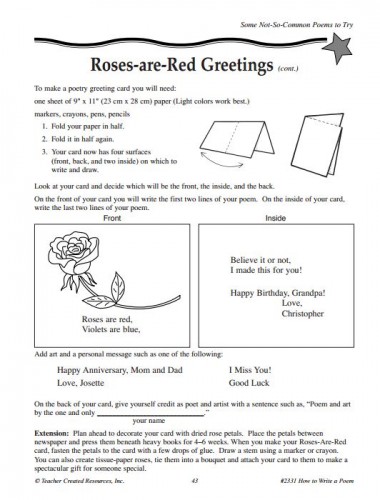
Rose are red,
Violets are blue,
Believe it or not,
I made this for you!
Want to create a Valentine’s Day poem for someone special? Download the free Roses-are-Red Poem Greeting Card activity from the Free Monthly Activities Page.
See more poetry books and resources here.

